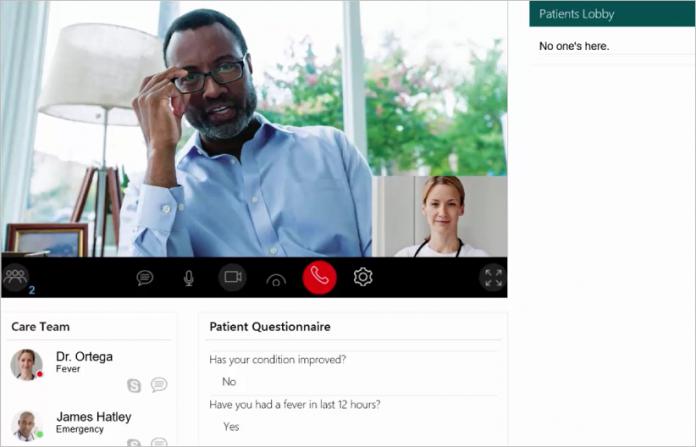Microsoft will invest in resources to combine cloud, AI, and research for its healthcare partners. The first collaboration is with the University of Pittsburgh Medical Center, which seeks to increase the productivity of clinicians. The pair will combine Pittsburgh’s state of the art healthcare delivery network with Microsoft’s technological expertise to bring new solutions to market. “Despite UPMC’s efforts to stay on the leading edge of technology, too often our clinicians and patients feel as though they’re serving the technology rather than the other way around. With Microsoft, we have a shared vision of empowering clinicians by reducing the burden of electronic paperwork and allowing the doctor to focus on the sacred doctor-patient relationship,” said Steven D. Shapiro, chief medical and scientific officer of UMPC.
AI Chatbots and Project InnerEye
Microsoft’s other divisions will be collaborating in healthcare, too, including the following projects:
“HealthVault Insights is a new research-based project designed to allow partners to generate new insights about patient health, drive adherence to care plans and encourage patient engagement powered by the latest scientific advances in machine learning. Tribridge and System C & Graphnet Care Alliance are building on HealthVault Insights to create innovative solutions for patient adherence to provider care plans. Microsoft Genomics is making the sample-to-answer process fast and easy through an Azure-powered genome analysis pipeline and an orchestrated ecosystem of innovative partners including BC Platforms and DNAnexus. Microsoft’s AI health chatbot technology is also a research-based project that will enable partners to build AI-powered conversational health care tools. MDLIVE intends to use our health bot technology to help patients self-triage inquiries before they interact with a doctor via video. Premera Blue Cross, the largest health plan in the Pacific Northwest, plans to use our health bot technology to transform how members can look up information about their health benefits. Health Navigator’s system checker brings best practices to other customers and partners. Project InnerEye is a research-based, AI-powered software tool for radiotherapy planning. The goal of the project is to allow dosimetrists and radiation oncologists to achieve 3D contouring of patients’ planning scans in minutes rather than hours. The assistive AI technology gives experts full control of the output accuracy while enjoying high levels of consistency and potential cost savings.”
Office 365 and SaaS Apps
In addition to all this, Microsoft is providing its own solutions. Office 365 Virtual Health templates is built on Skype for Business and connects voice, video, and messaging. It’s open-source framework lets industry partners build care solutions with ease. This combines with SaaS apps, including CGI ProperPay. The solution provides predictive analytics and rules management for the reduction of healthcare claims waste, fraud, and abuse. “We are incredibly energized about the opportunities to make a difference in health care,” said Peter Lee, corporate vice president, MSR NExT. “We’ve been listening carefully to our customers and partners within the health care sector, and we’ve heard their message: Let’s work together, innovate together and create solutions that can empower people to lead healthier lives.” You can find more information about the initiative on the Microsoft blog.




